As Catholics celebrate Easter, the institutional church stands more exposed than at any point in its history.
Prosecutors and lawmakers around the world are ending the impunity of Catholic church leaders who enable abuse or commit abuse themselves.
In the United States, attorneys general in more than 15 states have launched investigations or reviews of their local dioceses.
In two of the most populous Catholic states, New York and New Jersey, thousands of older church victims soon will be able to file lawsuits, thanks to new changes in the states’ statutes of limitations.
Outside the U.S., in just the last six weeks: Police in India have charged a bishop for raping a nun; a French court convicted the cardinal-archbishop of Lyon for violating the nation’s mandatory reporting law; and the Pope’s former finance czar, Cardinal George Pell of Australia, was sentenced to six years in prison for sexually abusing two choirboys.
Civil authorities are filling a leadership void that begins at the top: the refusal by Pope Francis — and his predecessors — to enact needed reforms.
Pope Francis again showed his resistance to crucial remedies at his global abuse summit in February, which he had convened in response to an international uproar.
Many hoped that Pope Francis would enact new universal church laws, enforcing zero tolerance for abusive clergy and zero tolerance for their abusive managers. He didn’t come close. The net results of the summit to date: new reporting laws in Vatican City — population 800 — and promises of a handbook and task forces.
To be fair, a papal edict on accountability is rumored to be imminent. But will it involve meaningful penalties? Recent actions suggest not: This is a pope who stands by his bishops. In March, he refused to accept the resignation of French cardinal Philippe Barbarin, despite his conviction for failing to report abuse. Last fall, the Pope praised the ‘nobility’ of Cardinal Donald Wuerl, despite evidence that Wuerl stayed silent about the predations of former cardinal McCarrick.
Yet papal foot-dragging didn’t begin with Francis. We were reminded of this last week, when Benedict XVI unexpectedly re-entered the public sphere with his take on the crisis.
The emeritus pope traced the abuse crisis to the sexual revolution of the 1960s, and the “dissolution of the moral teaching authority of the Church,” which led to disregard for moral absolutes.
Benedict’s analysis ignored two central realities of the abuse epidemic: the widespread cover-up of crimes by bishops and religious superiors, and the pervasiveness of abuse worldwide, not just in the West.
Much has been made by the commentariat of the differences between the two popes. Little has been made of their core similarity. Neither has achieved what should have been job one: rectifying the incalculable harm done to hundreds of thousands of children sexually abused by clerics. Benedict left hundreds of culpable bishops in power and a system of secrecy intact. Francis is on course to do the same.
So where’s the hope?
Despite the disappointments, tiny signs of progress are sprouting inside the church. More than half of U.S. dioceses, for instance, post lists of accused clergy.
Yet the real hope lies outside the church. A global movement toward accountability is being accelerated by civil authorities — but it exists only because of the courage and strength of survivors willing to come forward about their abuse.
In their fight to protect children and vulnerable adults from sexual violence, survivors now frame the public conversation about the crisis.
This fact was nowhere more evident than at the abuse summit.

Phil Saviano & Anne Barrett Doyle address the Foreign Press Association in Rome, 2/19/19.
I was lucky enough to be in Rome to hold news conferences during the summit, along with activist and survivor Phil Saviano, a member of the BishopAccountability.org’s board of directors.
As the Pope met with churchmen inside the Vatican, a vibrant ‘people’s summit’ took place in St. Peter’s Square. Hundreds of journalists from around the world connected with throngs of survivors from dozens of countries — some there on their own, many affiliated with Ending Clergy Abuse (ECA), SNAP (Survivors Network of those Abused by Priests), Voices of Faith, and the Italian victims from the Provolo school for the deaf.
The survivors and activists held news conferences, vigils, and a march through Rome. Thousands of news reports were published, including hard-hitting investigations that spotlighted countries like Poland, where abusive priests openly minister.
This was public consciousness-raising on a massive scale. It felt transformative.
This all reminds me of an observation by our friend and colleague Kathy Shaw, who died last June. Kathy spoke often about the contribution of survivors to the church. She had been a groundbreaking reporter on the crisis before shifting to management of the Abuse Tracker, our daily blog that gathers news on the crisis.
In a video about our work, she said, “The activists that are trying to make the church safer are … going to end up basically saving the church.”
I share her hope and optimism. There has never been a more promising moment to protect children, obtain justice for survivors, and … we hope … facilitate much-needed change in the Catholic church.
Warmest wishes for a happy Easter,
Anne Barrett Doyle, Co-Director
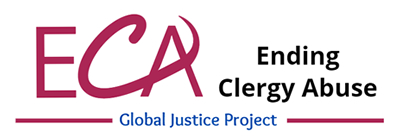

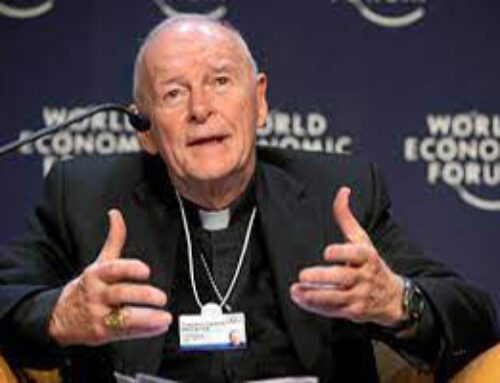
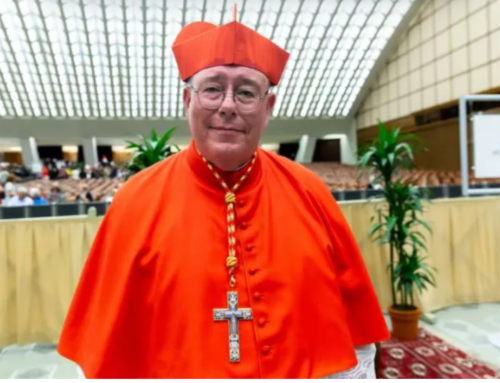

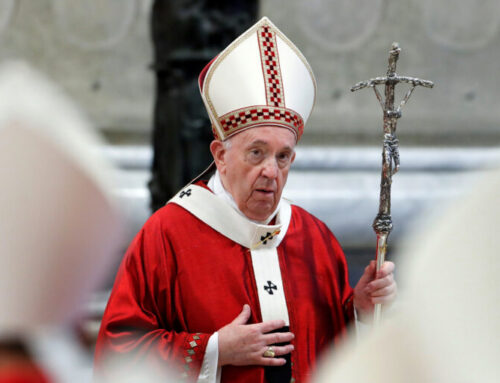
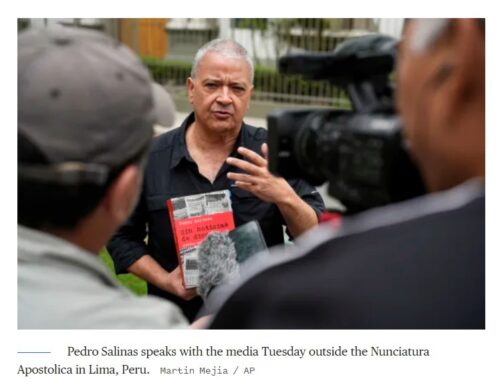
Leave A Comment
You must be logged in to post a comment.